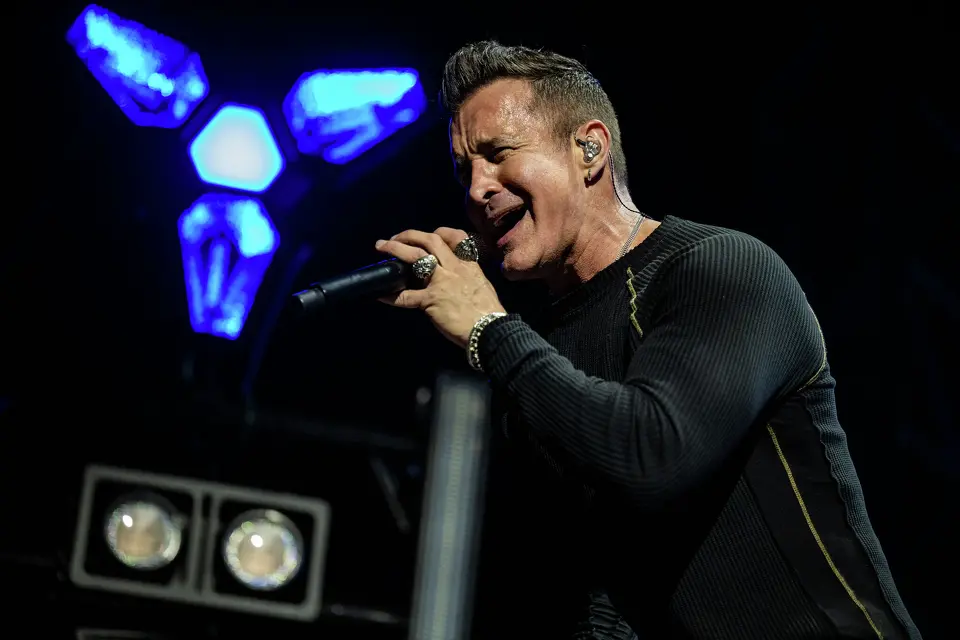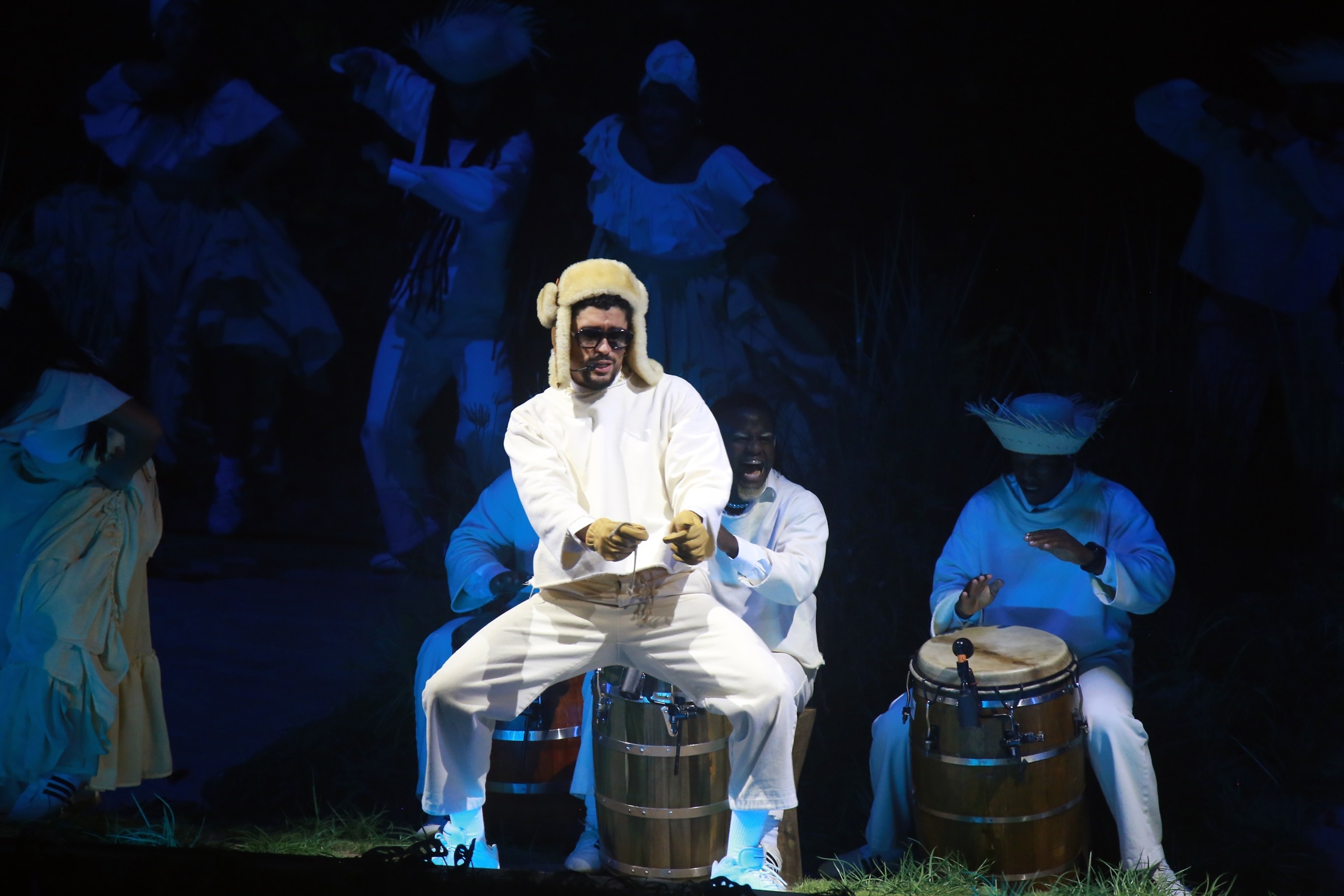A New Battlefield at Halftime: Turning Point USA’s All American Halftime Show

In a move that feels more cultural statement than entertainment, Turning Point USA has announced plans to mount a counterprogram to the 2026 Super Bowl halftime show. Dubbed The All American Halftime Show, the event is framed as an alternative designed to celebrate “faith, family, and freedom.”
The announcement comes in direct response to the NFL’s selection of Bad Bunny as the headline act for Super Bowl LX. Conservative backlash erupted almost immediately: critiques centered on his use of Spanish in performance, perceived politics, and statements on U.S. policy.
Turning Point’s show will air simultaneously, running “opposite the NFL show.” Its promotional materials invite audience input on musical genres, with options like Americana, country, worship, classic rock — and a pointed category of “Anything in English.”
Why This Move Matters
Culture Wars Enter the Big Leagues
The Super Bowl halftime show is more than music — it is a national platform. By creating a parallel broadcast, Turning Point isn’t just protesting a performer. It’s challenging who controls major cultural moments in America.Language as Symbol
The emphasis on English-only or English-preferred performance options is a clear tilt. In the context of Bad Bunny’s announced Spanish-language performance, this becomes a rhetorical statement about identity, belonging, and “American culture.”Mobilization and Media Strategy
The organization has designed the announcement to engage supporters immediately — a survey form, genre input, mailing lists, and teasers for performer reveals. It’s less a finished show than the beginning of a campaign.Backlash & Amplification
The NFL’s decision unleashed criticism from political figures. Some called the Bad Bunny selection a mistake; others demanded traditional alternatives like Lee Greenwood.The announcement from Turning Point builds on that energy and offers a “home base” for those dissatisfied with mainstream direction.

What We Don’t Know — and Why It’s Risky
No Confirmed Lineup or Broadcast Plan
So far, no artist roster, venue, TV partner, or streaming plan has been officially confirmed.Unclear Leadership Role
Though many reports reference the late Charlie Kirk’s legacy, there is no public confirmation that Erika Kirk is leading the show. Some sources simply name Turning Point USA, without attaching her directly.Could Backfire as “Gimmick”
Critics may dismiss it as a stunt if production values or artist quality don’t match expectations. Any mismatch between message and execution—lack of polish, weak musical acts, technical issues—could undermine credibility.

Public Reaction & Tensions
Responses have ranged from enthusiastic support to skepticism:
Supporters praise Turning Point for giving an “American-first” alternative to those feeling alienated by the NFL’s artist choice.
Critics see it as politicizing what should be an entertainment spectacle, potentially deepening division in a country already battling cultural polarization.
Some third-party observers note that the creation of counterprogramming is a rare step — it signals that this halftime show is no longer just a halftime show. It’s turning into contested ground.
Meanwhile, debates rage online over authenticity, representation, and who gets to speak for “American values.”

Looking Forward
The All American Halftime Show will be judged not only by its performers but by what it symbolizes. Will it unite an audience? Or will it fracture viewers further?
Key questions to watch:
Who signs on as performers — country artists, worship bands, or surprise crossover acts?
How will it be distributed — television networks, streaming platforms, or digital-only?
How will the NFL and Bad Bunny’s camps respond — by ignoring it, attacking it, or treating it as a rival?
Will it stand on its own as compelling entertainment — or be dismissed as a message-first event?
Final Thought
In the clash over who commands the cultural stage, music becomes politics, and halftime becomes battleground.
Whatever your stance on the choice of Bad Bunny or the reaction to it, one truth emerges: the Super Bowl halftime show is no longer just pop spectacle. It has become a mirror — a contested reflection of language, identity, and values.
In February, when the lights dim and the music begins, audiences won’t just choose which show to watch. They’ll choose which vision of America they want to see on stage.




